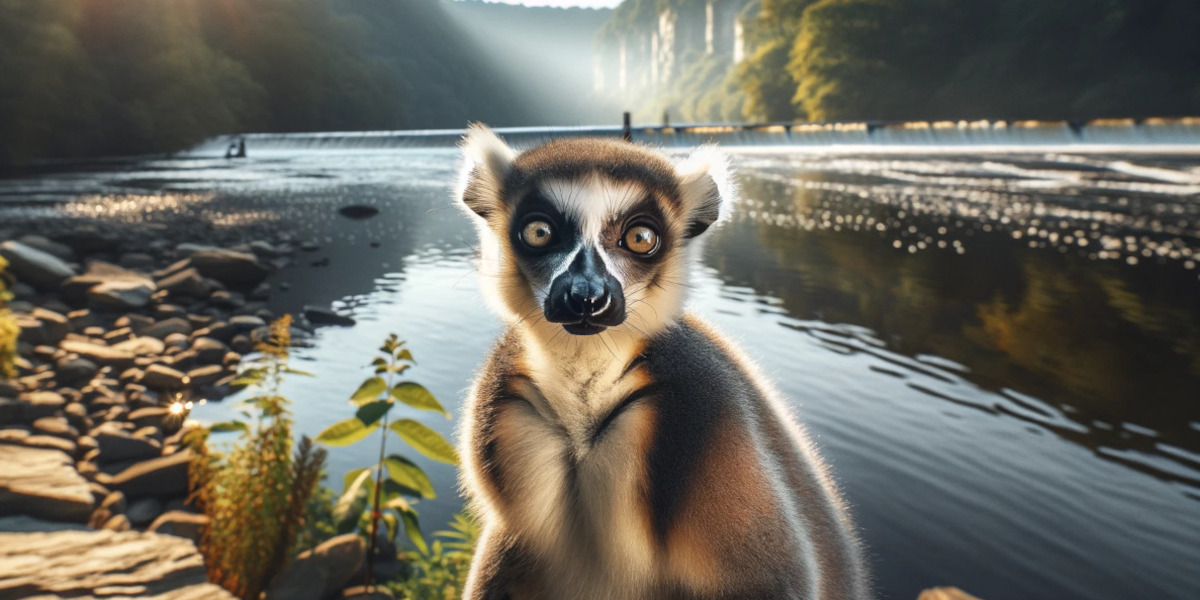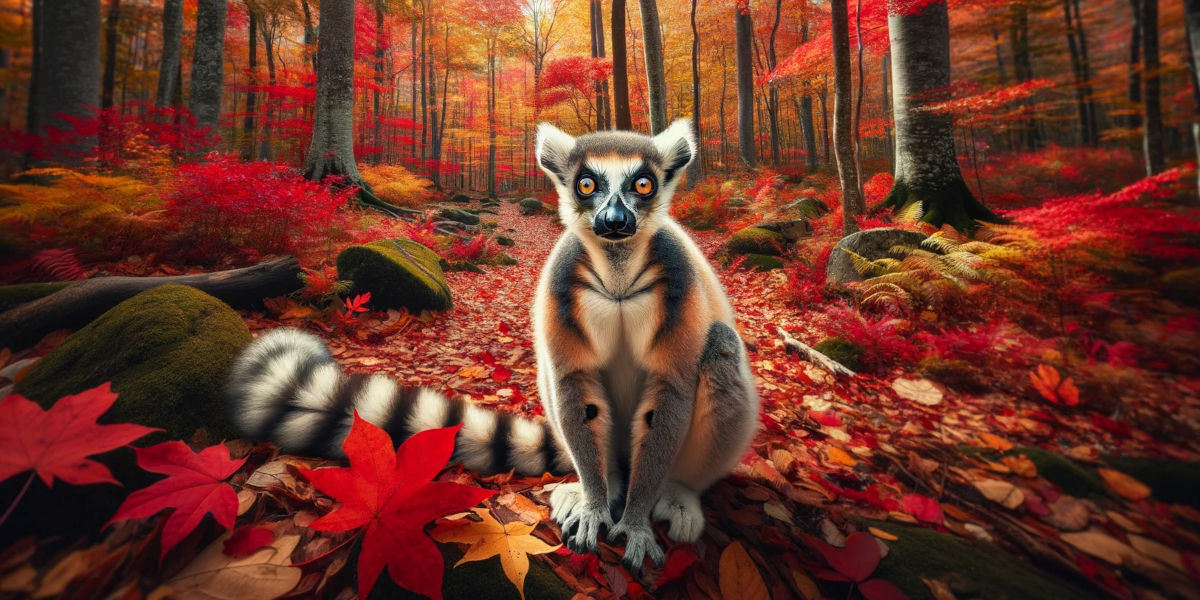
Introduction
Native to Madagascar, an island off the southeastern coast of Africa, lemurs are known for their unique characteristics and diverse range of species. Lemurs vary greatly in size and appearance, ranging from the tiny mouse lemur, which can fit in the palm of your hand, to the larger indri, known for its distinctive black and white coat and haunting, wailing calls.
Lemurs have evolved in relative isolation on Madagascar, leading to a high degree of biodiversity. Their role in the island’s ecosystems is vital, as they act as seed dispersers and pollinators, contributing to the health and diversity of the forests.
As to the question, “Do lemurs live in Alaska?” The straightforward answer is no. Lemurs are endemic to Madagascar and are not native to Alaska or any other part of the United States of America. Alaska’s harsh, cold climate is vastly different from the warm, tropical forests of Madagascar, which are the natural habitat for lemurs.
Alaska’s Wildlife and Ecosystem

Overview of Alaska’s Natural Ecosystem
Alaska, the largest state in the United States, has a vast and varied landscape that supports a wide variety of ecosystems. This northernmost state is renowned for its rugged beauty, encompassing everything from the frozen Arctic tundra in the north to the temperate rainforests in the southeast.
The interior regions feature boreal forests, while the western coast is characterized by a mix of marshlands, wetlands, and meadows. Each of these ecosystems supports a unique set of wildlife adapted to the challenging conditions.
In the icy Arctic tundra, species like the polar bear, Arctic fox, and caribou roam the vast, treeless plains. The boreal forests, or taiga, provide a habitat for wolves, moose, lynx, and a variety of bird species.
The temperate rainforests are home to brown bears (including the famous Kodiak bears), bald eagles, and various species of salmon that swim upstream to spawn.
Presence of Non-native Species in Alaska
Alaska, like many regions, has seen the introduction of non-native species, some of which have successfully adapted to the local environment. These introductions often occur through human activities, whether intentional or accidental.
One notable example is the introduction of reindeer to Alaska. Originally brought over from Siberia for domestication and herding by the indigenous peoples, these reindeer have since established feral populations in some parts of Alaska.
Another example is the introduction of foxes to certain islands for fur farming. This has had significant ecological impacts, particularly on native bird populations.
Invasive plant species also pose a threat to Alaska’s native vegetation, altering habitats and competing with local flora.
While some non-native species have been integrated relatively harmlessly into their new environments, others have become invasive, posing threats to native species and ecosystems. These instances highlight the importance of careful management and conservation efforts to preserve the balance of Alaska’s diverse ecosystems.
Are There Lemurs in Alaska?

Lemurs in the Wild vs In Captivity in Alaska
As previously mentioned, lemurs are native to Madagascar and are not naturally found in the wild in Alaska or anywhere else outside of Madagascar. The climatic and environmental conditions of Alaska are drastically different from the warm, tropical habitats of Madagascar, making it unsuitable for lemurs to survive in the wild.
However, it is possible for lemurs to be found in Alaska in captive settings, such as zoos and wildlife sanctuaries. These facilities provide controlled environments that can closely follow the lemurs’ natural habitat.
In these settings, lemurs are provided with the necessary care, including appropriate diet, habitat, and climate control, to ensure their wellbeing. It’s important to note that these are not natural populations, and these lemurs do not contribute to the ecological dynamics of Alaska’s wildlife.
Conservation and Legal Aspects of Lemurs Living in Alaska
The legal framework surrounding exotic animals, including lemurs, in Alaska is complex and is focused on conservation and the prevention of ecological disruption. Alaska has regulations in place to control the ownership, breeding, and import of exotic animals.
These laws are designed to protect both the animals themselves and the native ecosystems of Alaska. The introduction of non-native species can lead to unintended ecological consequences, such as the displacement of native species or the spread of diseases.
Conservation concerns also play a significant role in the management of lemurs in captivity. With many lemur species facing the threat of extinction in Madagascar due to habitat loss, illegal wildlife trade, and hunting, conservation efforts are crucial.
Zoos and sanctuaries in places like Alaska can participate in global conservation efforts by engaging in breeding programs, research, and public education. These institutions aim to raise awareness about the issues facing lemurs and the importance of preserving their natural habitats.
While lemurs do not live in the wild in Alaska, they can be found in captive settings under regulated conditions. These conditions are governed by legal frameworks that prioritize both the welfare of the lemurs and the preservation of Alaska’s native ecosystems.
Conclusion
Lemurs are endemic to Madagascar and thrive in its unique ecosystem, meaning that they do not naturally exist in the wild in Alaska due to its vastly different climate and environmental conditions.
In captive settings, such as zoos and wildlife sanctuaries in Alaska, lemurs can be found, but this is very different to their natural existence. These institutions play a vital role in conservation and education, highlighting the challenges facing lemurs in the wild. The legal framework in Alaska regarding exotic animals underscores the importance of balancing animal welfare with ecological preservation.




